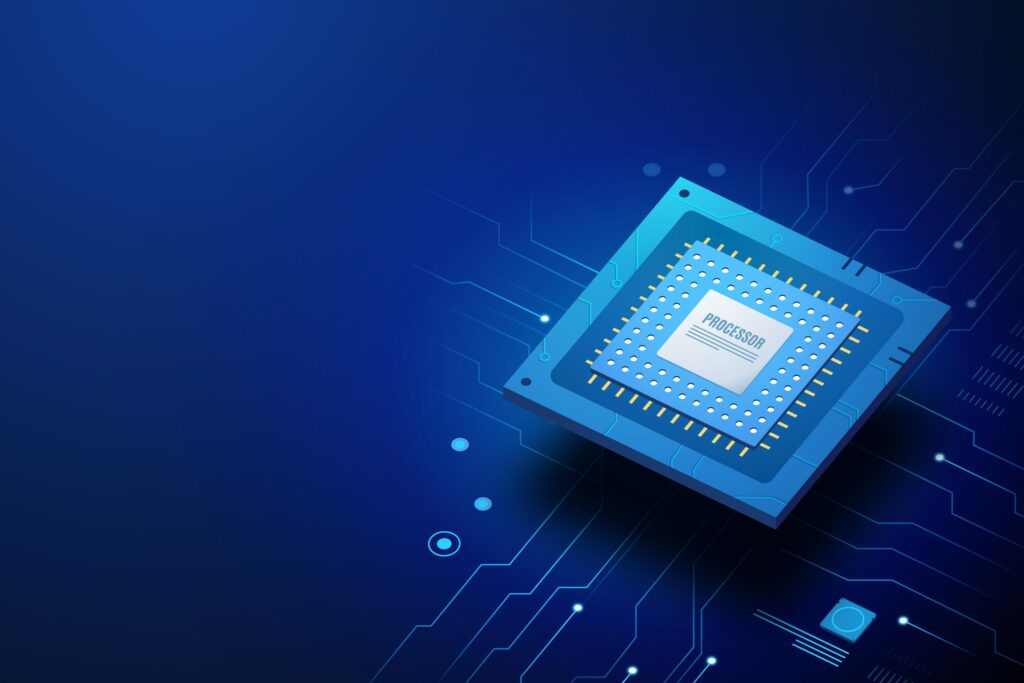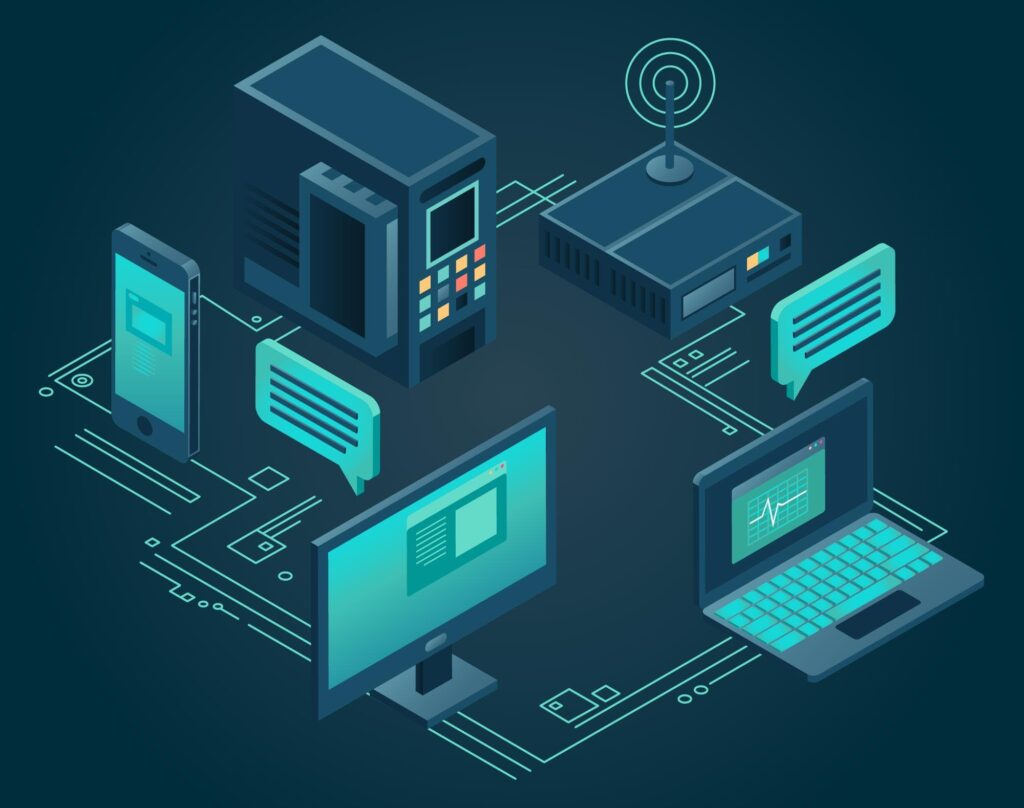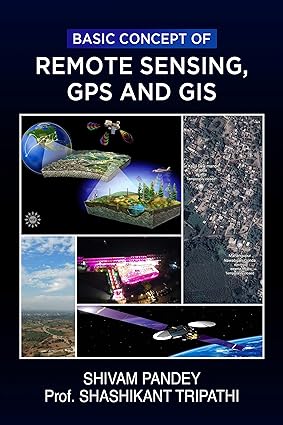The evolution of computer is a fascinating journey that spans centuries. Computers have come a long way from the beginning to present and this evolution can be understood through the major changes in their internal structural. Here we can break the structural evolution of computer.
Table of Contents
1. Early Mechanical Computers:
The earliest device the ABACUS (2000 BC) can be considered as the ancestor of today’s computers. The ABACUS is a manual calculating device used for performing arithmetic operations. It consists of a rectangular frame with rods or wires along which beads can slide freely. Each rod or wire represents a different place value, such as units, tens, hundreds and so on.
2. Mechanical Computers (17th to 19th Century):
Designed by an English mathematics professor named, Charles Babbage in the 1830s, it was the first mechanical general purpose computer concept called Difference Engine. The purpose of the Difference Engine was to compute polynomial functions, such as logarithms and trigonometric functions, by the method of finite difference.
3. Electromechanical Computers (mid-20th Century):
Electromechanical computers emerged in the mid-20th century and represented a significant advancement over purely mechanical systems. One of the most famous example of an electromechanical computer is the Harvard Mark 1, developed during World war II for the U.S. Navy. The Mark 1 used electromechanical relays and switches to perform calculations for artillery firing tables and other military applications.
4. Electronic Computers (1940s – 1950s):
A electronic computer often called Vacuum Tube Computer, emerged in the mid-20th century, is a type of computing device that utilizes electronic components to perform calculations and operation. They primarily used vacuum tubes to perform operations. A notable example of electronic computer is ENIAC (Electrical Numerical Integrator and Calculator). ENIAC used vacuum tubes to make the internal parts of the computer and electricity to run. It used punched card input and output.
5. Transistor Based Computers (1950s – 1960s):
Transistor based computers often referred to as Second- Generation computers, emerged in the 1950s. Transistor based computer replaced vacuum tubes by Transistor invented in 1947. Transistors are semiconductor devices that can amplify or switch electronic signals and are much smaller, more reliable, more powerful and more energy-efficient than vacuum tubes. Transistor based computer were significantly smaller, consumed less power and generated much less heat compered to Electronic Computers.
6. Integrated circuit (IC)-based computers (1960s – 1970s):
Integrated circuit (IC)-based computers represent a significant advancement in computing technology, enabling the integration of multiple electronic components onto a single semiconductor chip. The development of integrated circuits in the 1950s and 1960s revolutionized computing by enabling the miniaturization and integration of electronic components. An integrated circuit (IC), also known as a microchip or chip, is a semiconductor device that contains electronic components, such as transistors, resistors, capacitors, and diodes, fabricated on a small piece of semiconductor material, typically silicon.
7. Microprocessor Computers (1970s – 1980s):

In 1971 Marcian E Hoff Jr. an engineer at the Intel Corporation invented the microprocessor. Microprocessor computers represent a significant milestone in the evolution of computing technology. Microprocessor architecture typically follows the von Neumann architecture, which consists of a CPU, memory, input/output devices, and a bus system for communication between these components. Microprocessor-based computers utilize this microchip as the brain of the system, where it processes data, executes instructions, and performs calculations. Microprocessor computers have revolutionized computing by integrating the CPU onto a single chip, leading to compact, affordable, and energy-efficient computing devices that power modern technology and drive innovation in various industries.
8. Personal Computers and Beyond (1980s – Presant):
The 1980s saw the emergence of graphical user interfaces (GUIs) with the release of the Apple Macintosh (1984) and Microsoft Windows (1985). The 1990s witnessed the proliferation of the internet and the World Wide Web (WWW), transforming computing into a networked global phenomenon. The rise of smartphones, tablets and wearable devices has further expanded the reach and capabilities of computing technology, enabling ubiquitous connectivity and computing on the go. Today, computing is characterized by advancements in Artificial Intelligence (AI), Quantum Computing, Cloud Computing and Edge Computing. These technologies are shaping the future of computing by enabling smarter, faster and more efficient systems.
Conclution:
Throughout its evolution, computers have become integral to nearly every aspect of modern life, revolutionizing fields like science, medicine, communication and entertainment. The structural evolution of computers has been characterized by a progression from mechanical devices to complex electronic systems, driving innovation and transforming society in profound ways. It is a remarkable journey that showcases the boundless potential of human ingenuity.









